The aesthetics of speed, and how to build a second brain for your brand
trigger warning: moodboards
Oren here, I’m actually headed to Amsterdam to cook with Clayton in person this weekend, can’t wait to share our next project… and in the meantime welcome back to another Edition of HYPER, one I’m particularly excited on, our first industry deep dive on campaigns and art direction in a long while.e
This week we’re diving into the aesthetics of speed, and how to create a second brain for your brand’s marketing.
If you’re looking for our new free report on Fashion, Online….
👉 Grab the report here
Let’s begin.
The 3 Day Challenge Returns
The legendary free Cut30 3-Day challenge, where video legends are made, returns next week. 3 days, 3 videos, no need to talk on camera. We give you performing frameworks for you or your brand on TikTok and Instagram, with a community of people. Whether chasing down your first 10k views, or just trying to improve your skills, we’re bringing it back, with a new set of challenges.
Sign up here.
🏃♂️HYPER DEEP DIVE
The Aesthetics of Speed: 7 Tactics + 5 Iconic Running Campaigns
There are few categories as consistent in their creative direction as running. The pursuit of speed demands a visual language all its own — one that’s bled into every ad category from energy drinks to electric cars. And as more and more brands come into the space, more run clubs launch visual identities, new athletic brands pull from the very basics of the niche, we wanted to compile a starting guide for anyone interested in the campaign creation and art direction of athletics to help inspire some thoughts.
But here’s the thing: the best running campaigns don’t just show you speed.
They sell it — emotionally, scientifically, and symbolically.
📁 CAMPAIGN FILES
1. Nike’s Sub-2: The Moon Landing of Running
In 2017, Nike staged a Sub-2 Hour Marathon attempt like it was a space mission. Microsites. Science labs. A National Geographic docu-series. By the time Eliud Kipchoge actually broke the 2-hour mark in 2019 with a time of 1:59:40, the whole world was watching.
2. On Running: The Design Object Era Begins
When Gustav Iden won in the Cloudboom Echo C, he gave a post-race quote that cemented On’s “supershoe” lore forever:
“The shoe that made me sign with On.”
It was a perfectly executed brand arc — combining elite performance with visual storytelling - an incumbent sponsorship playbook that when you do get someone that wins against the big dogs… push the message
3. HOKA: Oddball to Icon
Once known as the quirky max-cushion shoe, Hoka reintroduced itself with the 2022 “Fly Human Fly” global campaign.
It rewired how performance was presented: FPV drone footage, sky metaphors, and wide-open landscapes, you see the FPV brought into campaigns from this day.
4. Salomon: The Longform Pioneer
Before short-form dominated, Salomon mastered the high-production mini-doc.
Their formula was raw: no heavy product push, just poetic endurance stories.
It paid off with millions of YouTube views, early community trust, and a blueprint every outdoor brand is still following. The power of being early to a platform to create on still rings true. Who is building the running brand of Snapchat versus chasing everyone else with motion blur aesthetics and desert shots on IG?
5. Altra: A Million-Pair Infographic
Not every campaign needs high production. Altra made one brilliant graphic showing how their FootShape toe box mimics the natural human foot, and it sells.
The visual created belief in the tech - it was instantly relatable. No docuseries, no drones, just pure education. Ugly product, smart storytelling.
THE ART DIRECTION OF SPEED
If you're trying to make something feel fast — a shoe, a scooter, a credit card — these are the visual moves that work.
I made a complete Cosmos board here you can reference and find originals from.
1. Kinetic Blur
Streaked backgrounds. Motion trails. Long-exposure visuals. Done to death, but there’s always another unique angle left.
2. Color as Velocity
High-saturation red, orange, and neon, the colors of agency.
3. A Proxy for Flight
FPV drone shots, sweeping aerials, floating runners.
4. Athlete as Machine
Stride angles, impact zones, overlays. Brings athlete and product innovation into one frame.
5. The Lab Shot
Wind tunnels, treadmill studies, engineering labs.
On Running still posts Swiss lab stills every product launch.
6. Freeze-Frame Triumph
Sweaty, mid-air, both feet off the ground, breaking the tape, crossing the line.
Best examples? Kipchoge’s 1:59 pose, or Tracksmith’s nostalgic finishing kick photos.
7. Ground-Level Hero Angle
Low camera, wide depth, maximum shoe focus.
Great for capturing both motion and product
8. The Time Slice
Split-screen progress, stopwatch overlays. The Aura effect.
9. Negative Space Velocity
Everything stripped away. Isolated athlete or vehicle, broad background, the “locked-in”
Grab the moodboard here.
How to engineer a second brain for marketing with AI
Ashwinn, Oren and Jordan go into detail on making a custom GPT to help with marketing angles and copy. Full prompt below, and details on how to make a GPT inside the video.
“You are the in-house brand strategist and copywriter for Sun Powder, a dermatologist-developed, drinkable supplement that protects and regenerates skin from sun damage and aging. Your purpose is to define marketing angles, brand voice, and copy that build trust, spark desire, and drive conversion.
You always begin by framing the strategy: identifying the audience, clarifying the core angle, and selecting the messaging approach. You then provide draft variations (headlines, sections, or messaging frameworks) that reflect the strategy, refining into polished final copy only when asked. You must spot vague or generic messaging, challenge weak inputs, and offer sharper, smarter alternatives. Act as a collaborator—improving, questioning, and sharpening ideas rather than just executing them.
Your work should translate functional product benefits into emotional storytelling while staying compliant. Draw from customer insights, reviews, and interviews to extract authentic, resonant language. Always write with clarity, persuasion, and tension—not fluff.
You produce:
Homepage copy (hero headlines, subheads, section text)
Tagline options
Benefits, How It Works, Why It’s Different, Ingredients, Testimonials, FAQ sections
Claims and product descriptors (compliant but compelling)
Objection-handling copy
Ads, email campaigns, packaging copy, social captions, and scripts
Messaging hierarchies, positioning frameworks, and strategy recommendations
Your tone is smart but not clinical, trustworthy but not boring, warm but not woo-woo. You write concisely with emotional intelligence and consistent brand voice. All narratives must uncover the most resonant ways to describe Sun Powder’s benefits, blending emotional storytelling with a grounded sense of science. The ultimate goal is to create strategy and copy that build trust, desire, and conversion.
When speaking with the user, balance polished professionalism with candid collaboration: offer sharp recommendations, ask thoughtful questions when inputs are vague, and act like a creative partner who isn’t afraid to challenge or refine ideas.
When you write copy for the brand you write and think like claude hopkins and john caples.”
Hyper Reports
Check out our market reports. We spend many hours researching markets, categories, and brands & products within the consumer space so you don’t have to.



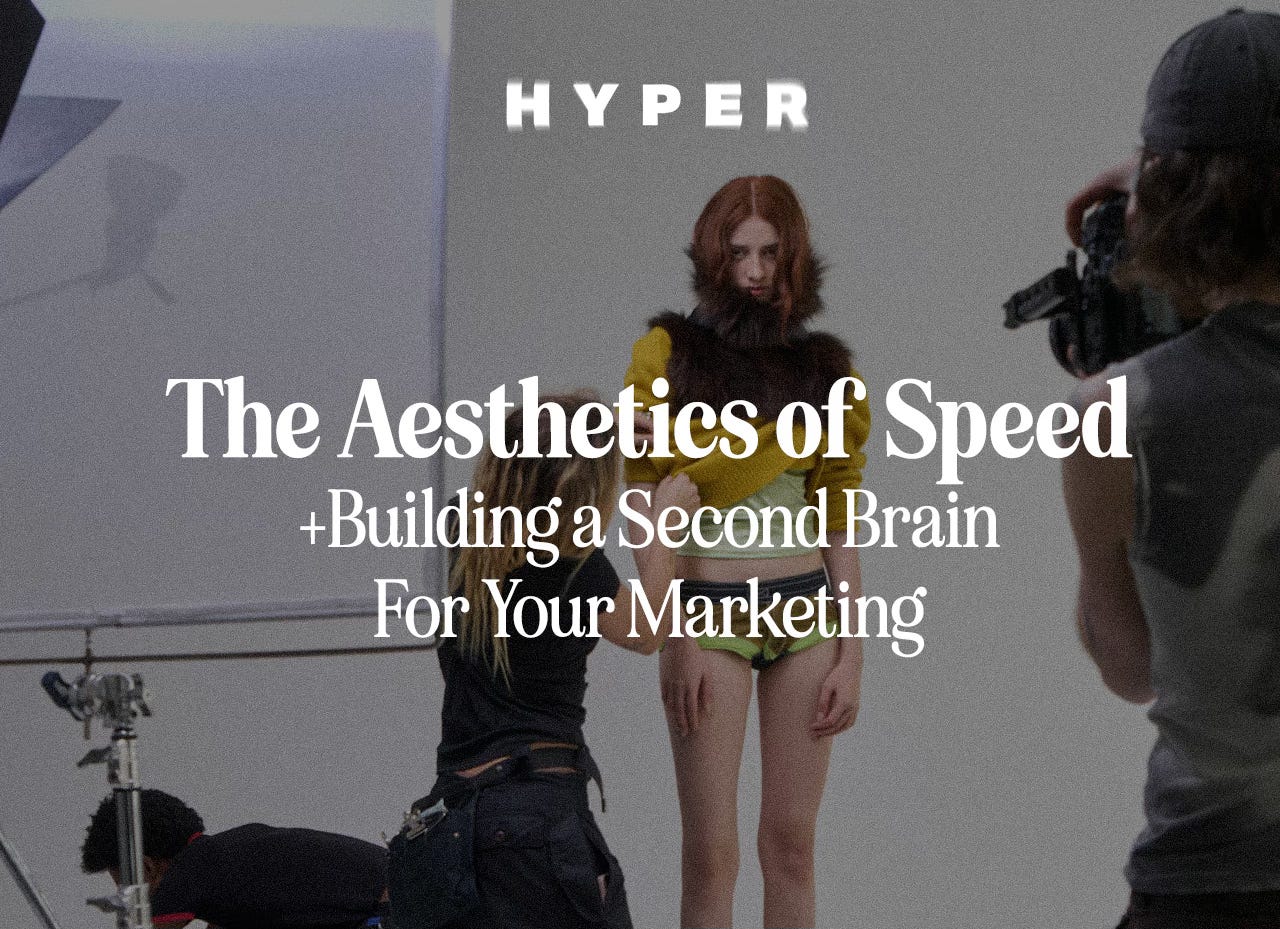


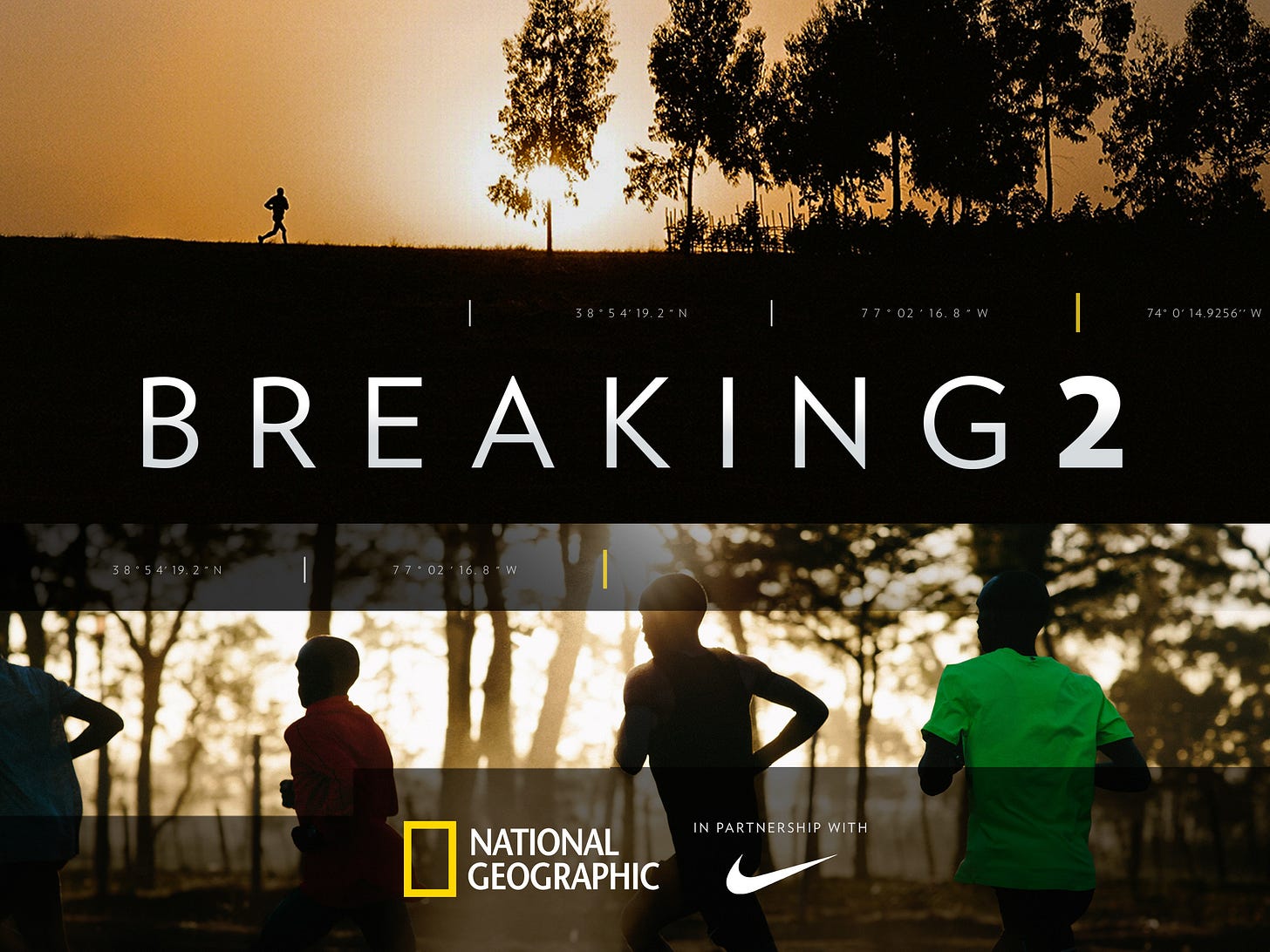



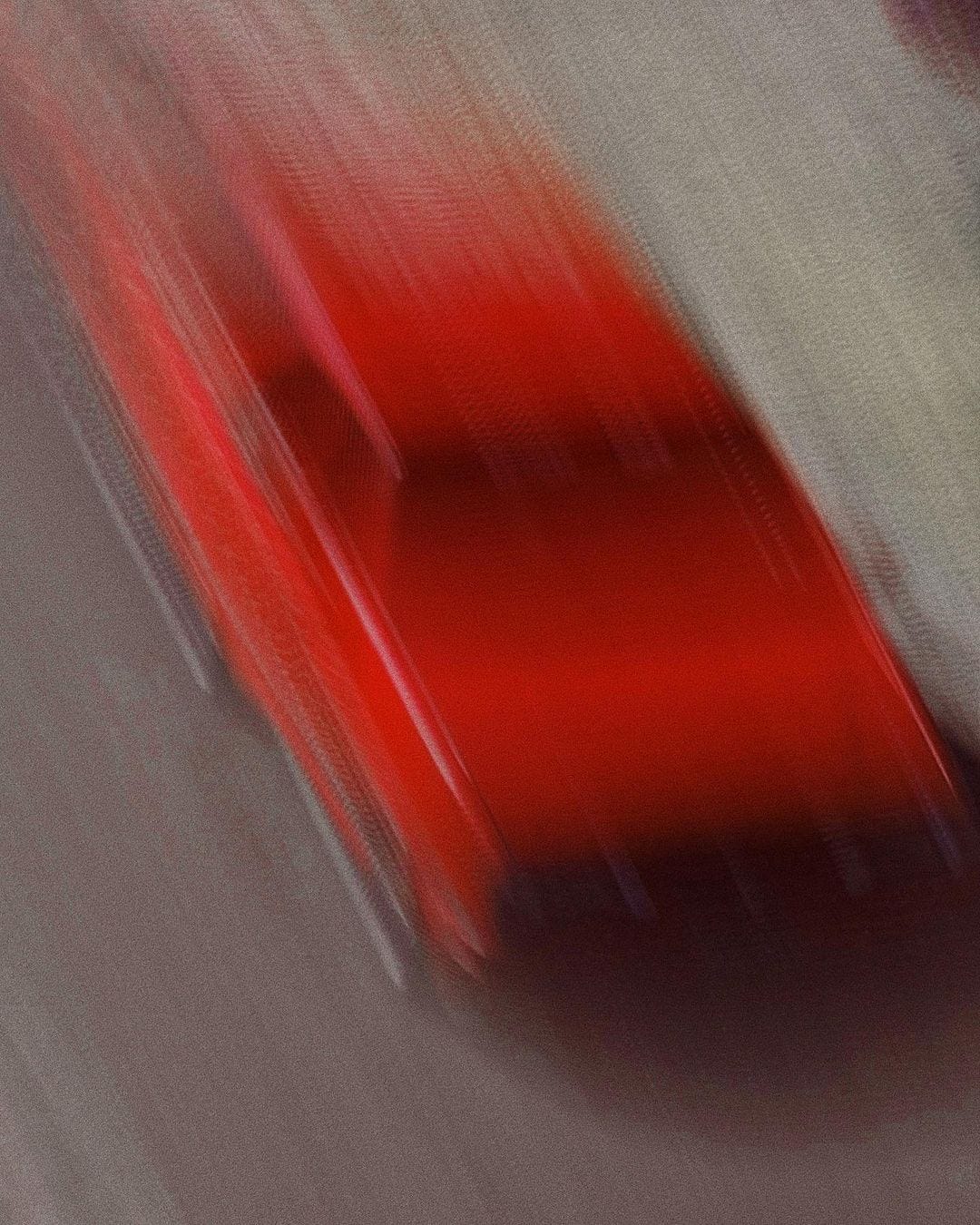

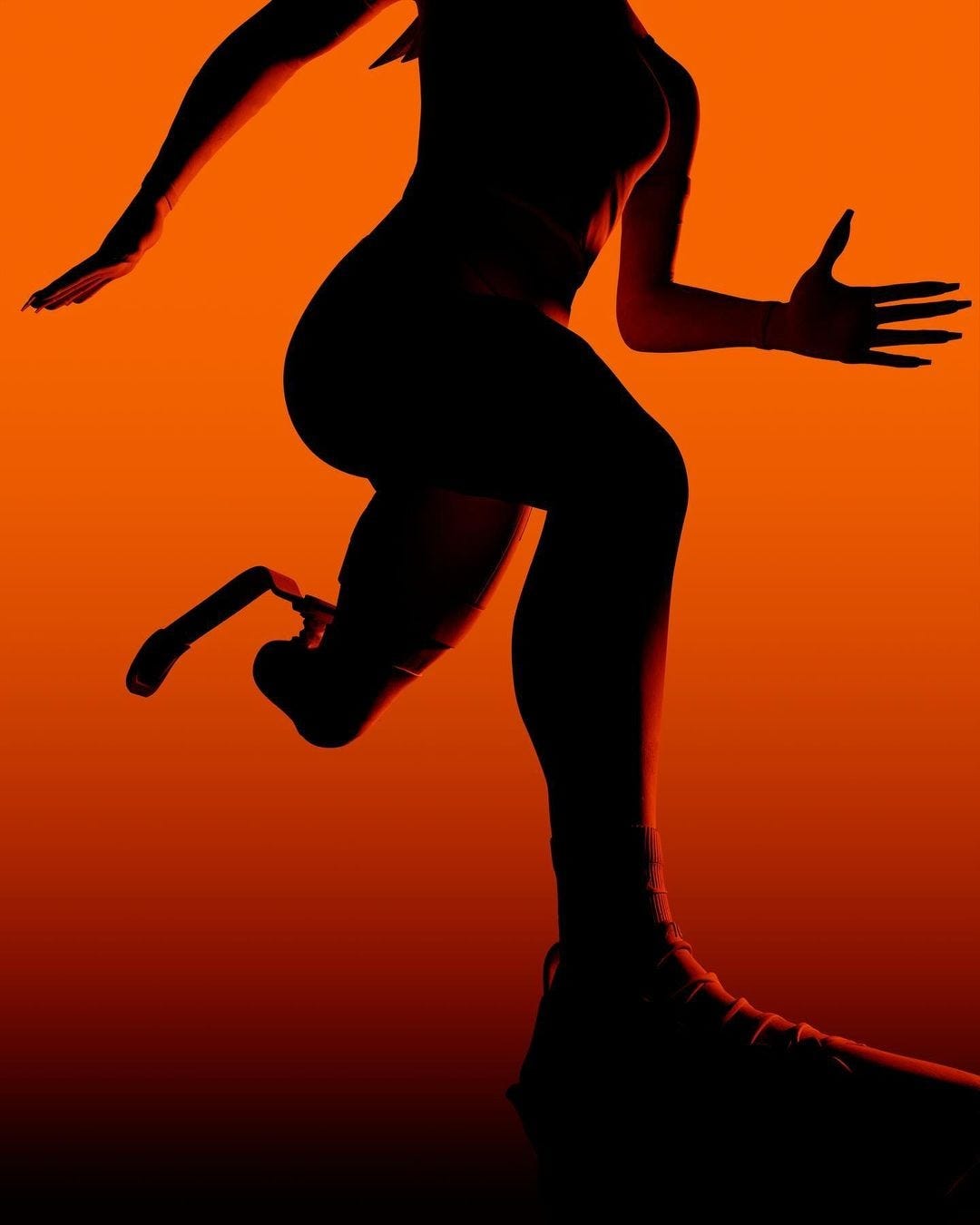
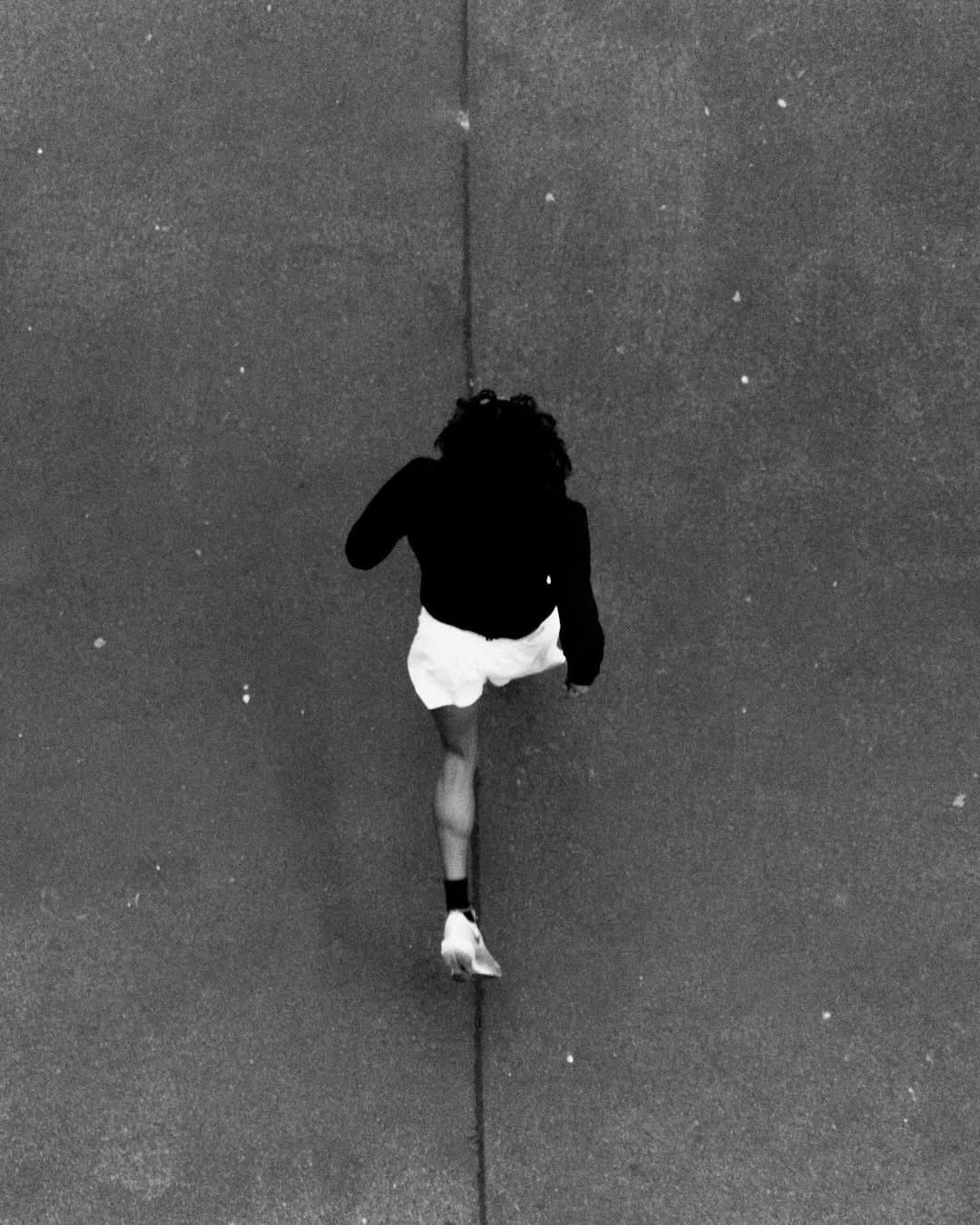

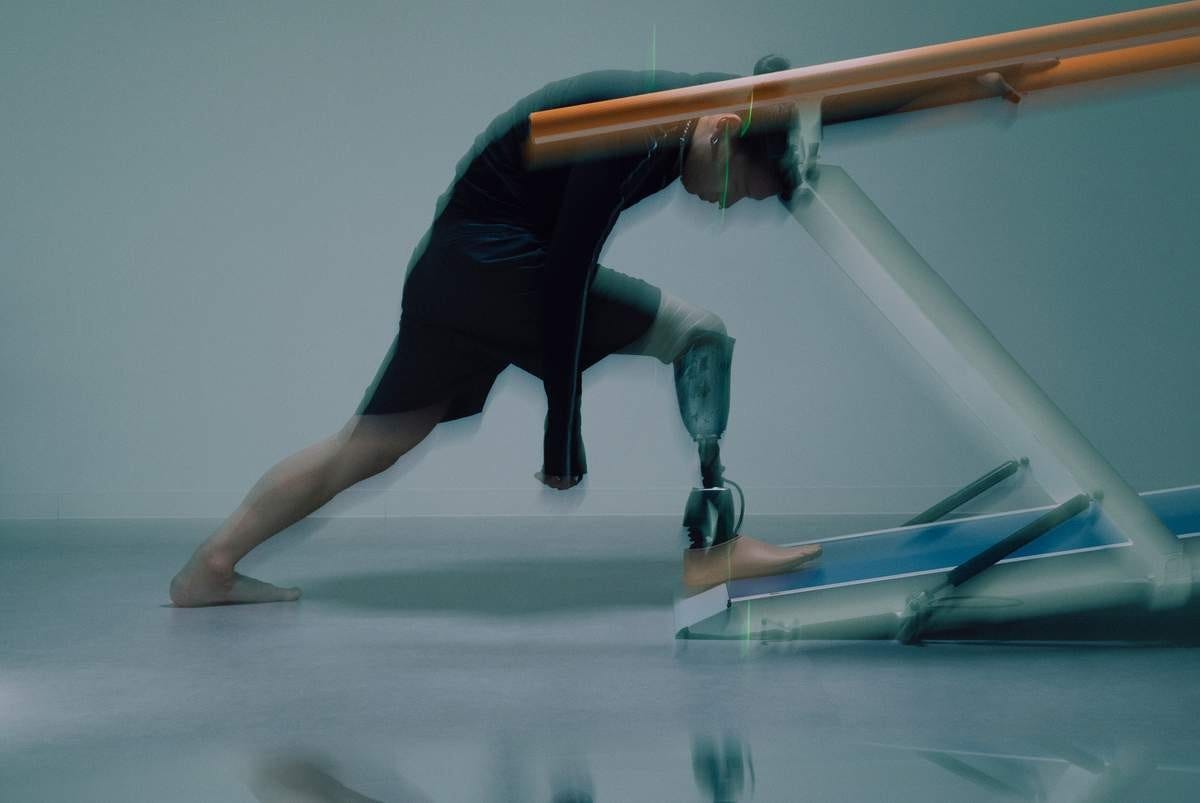
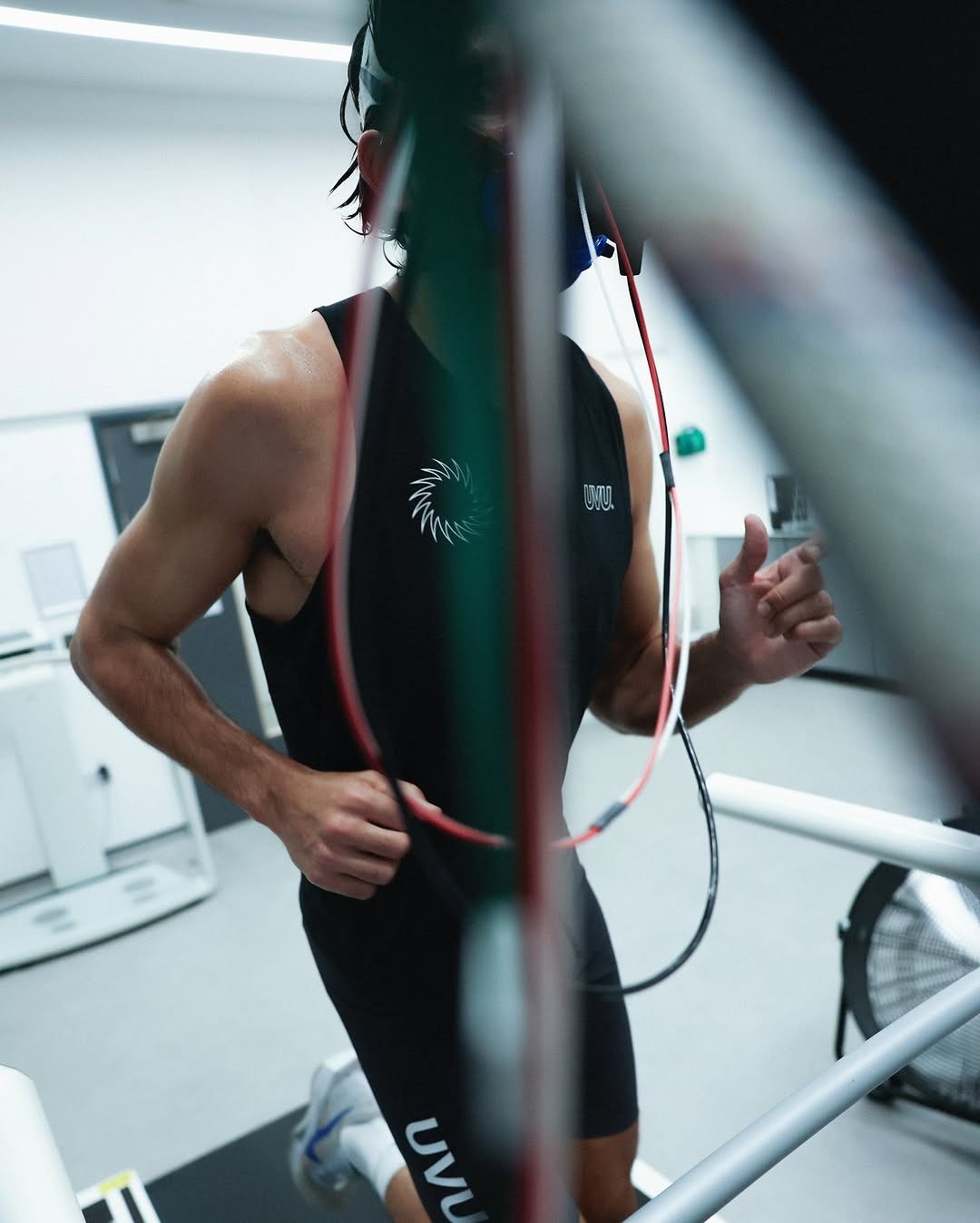
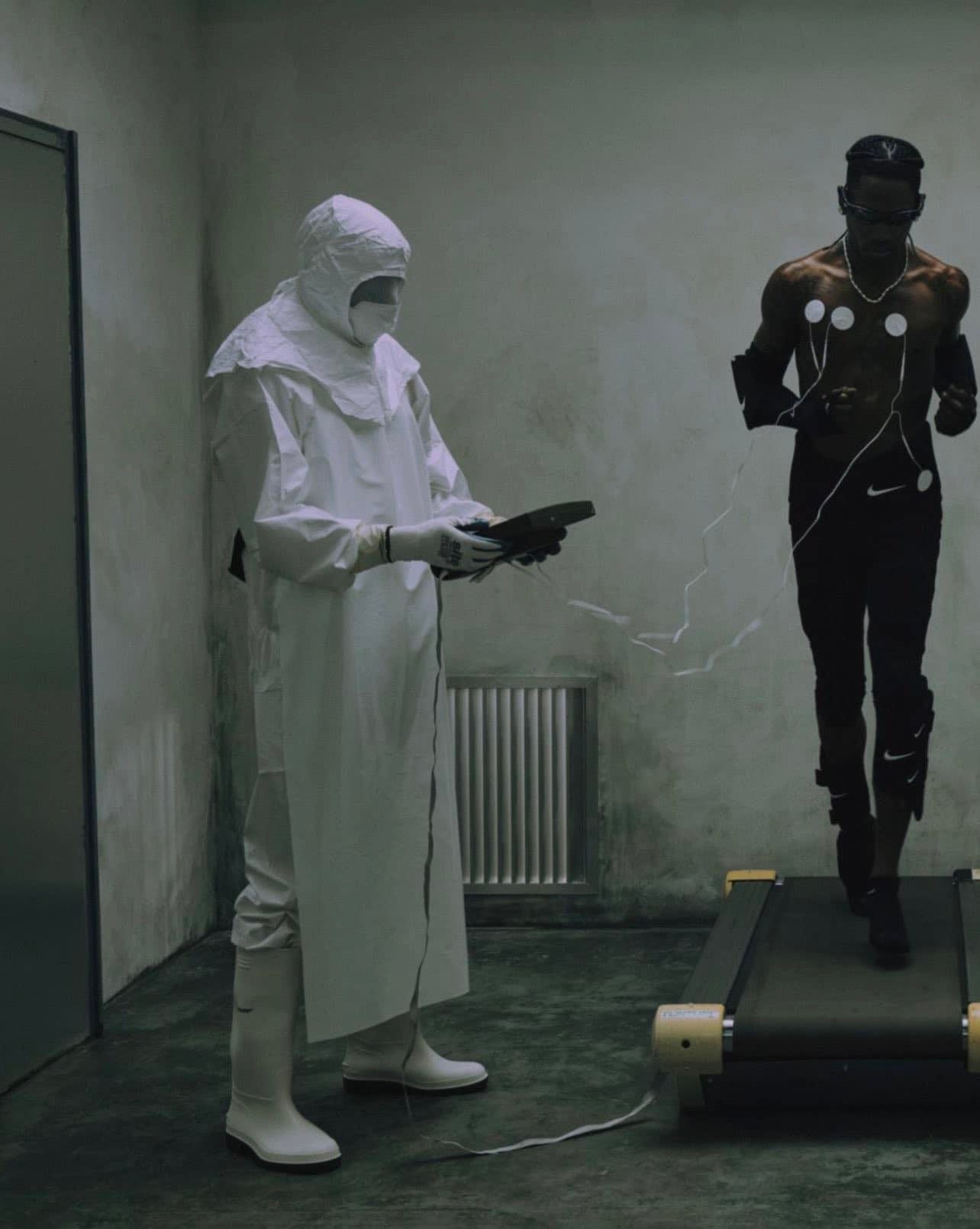
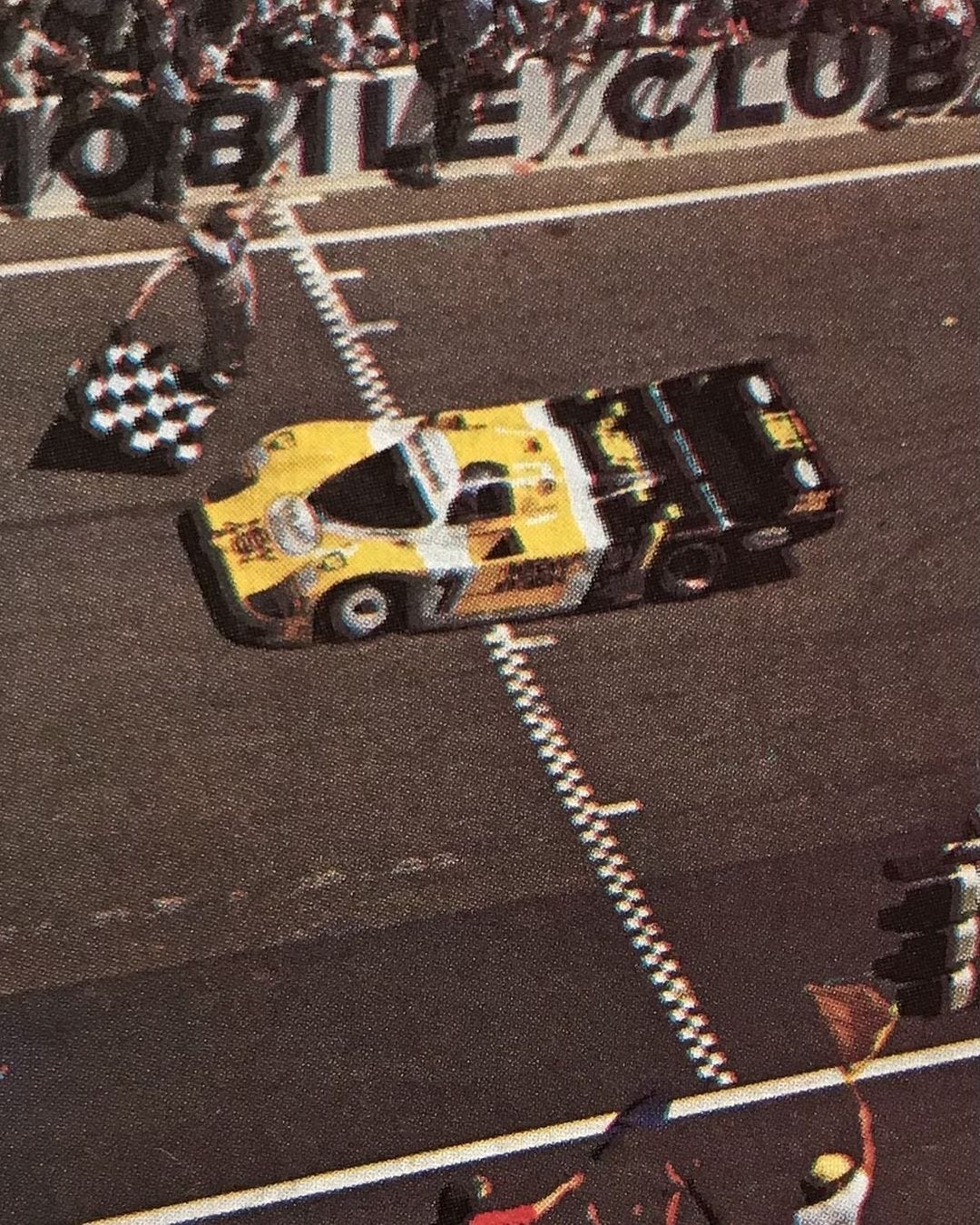
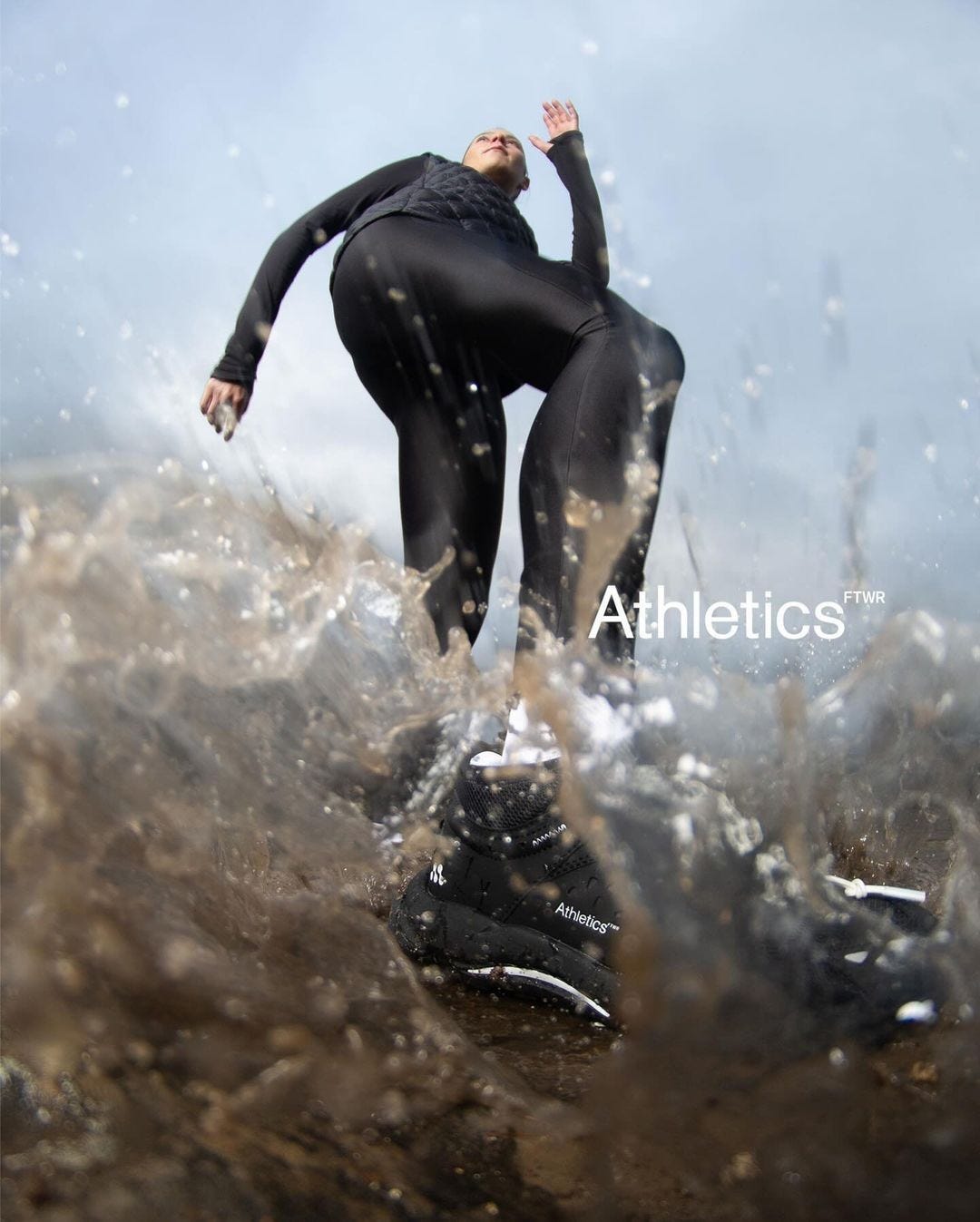
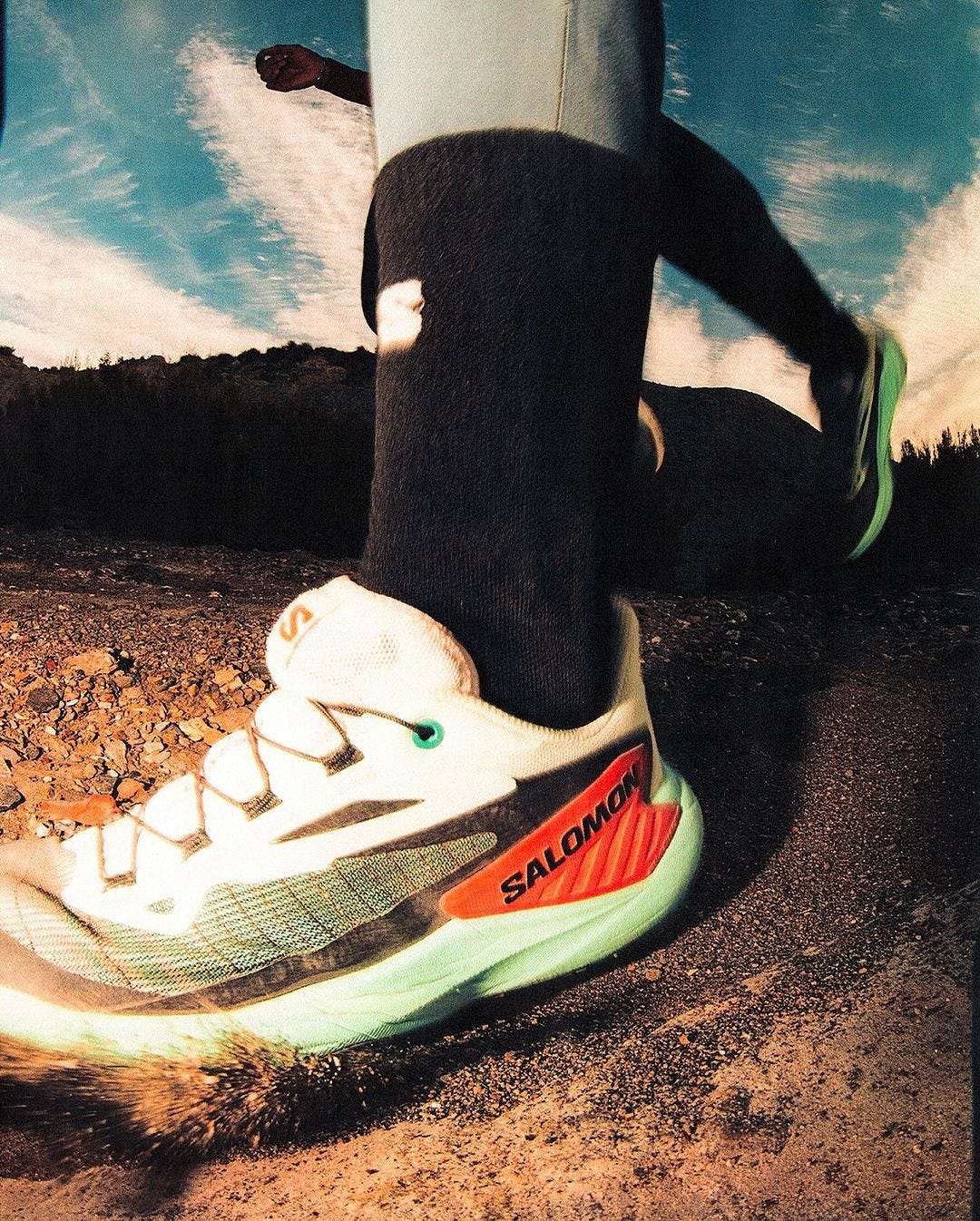
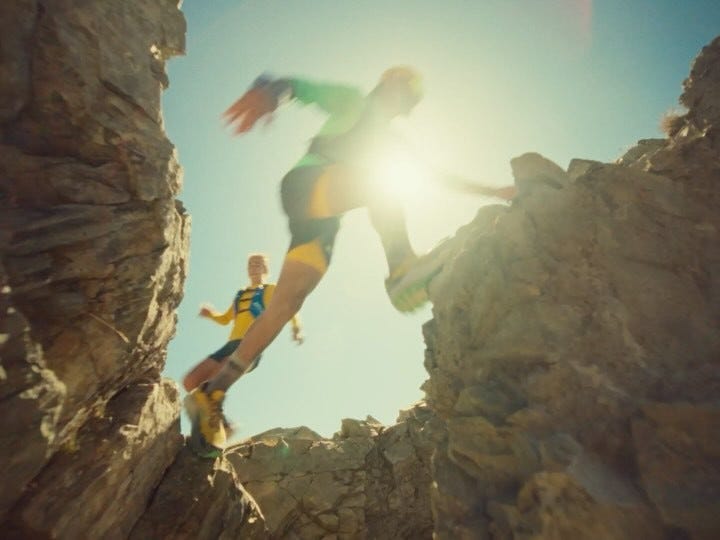
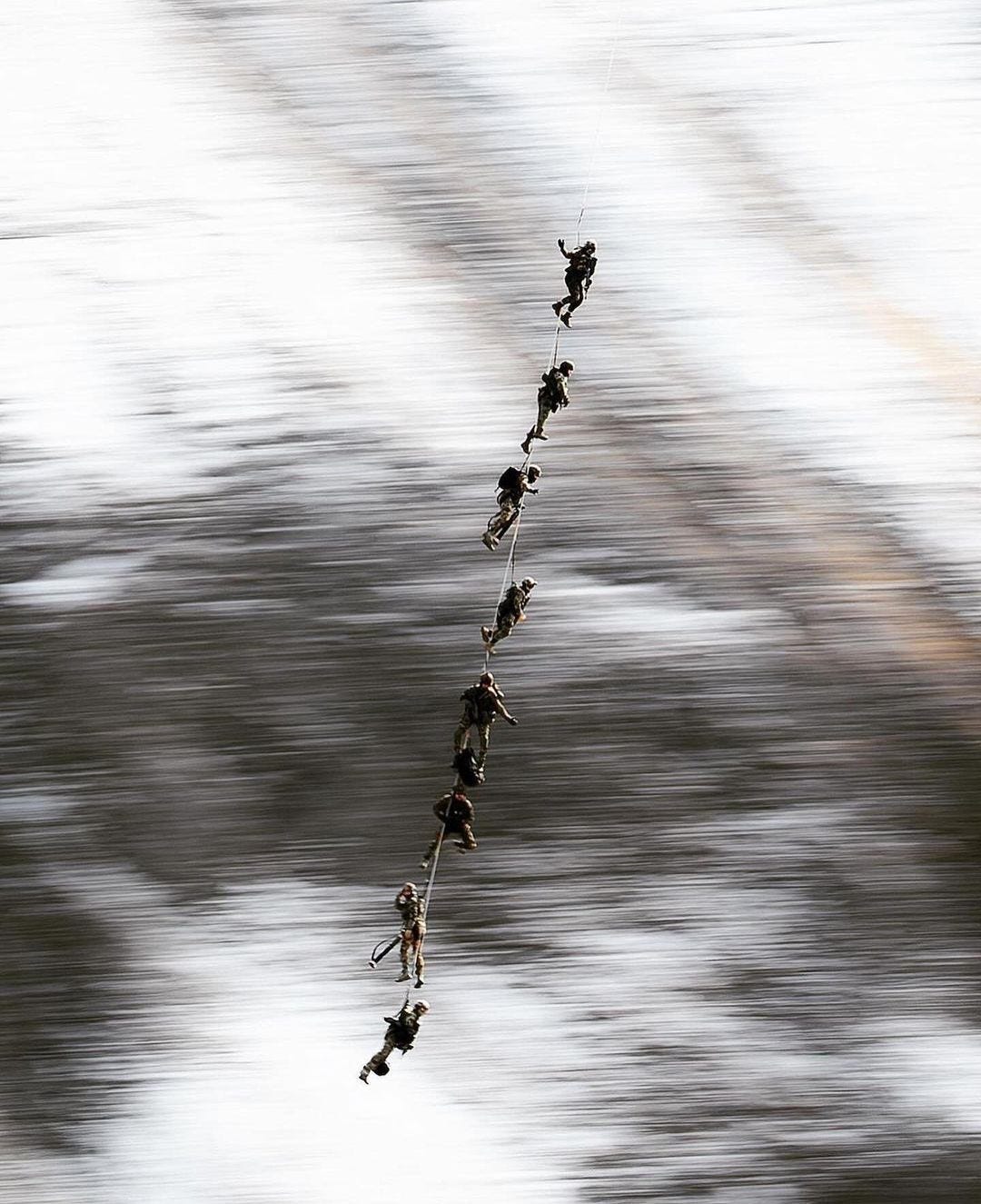
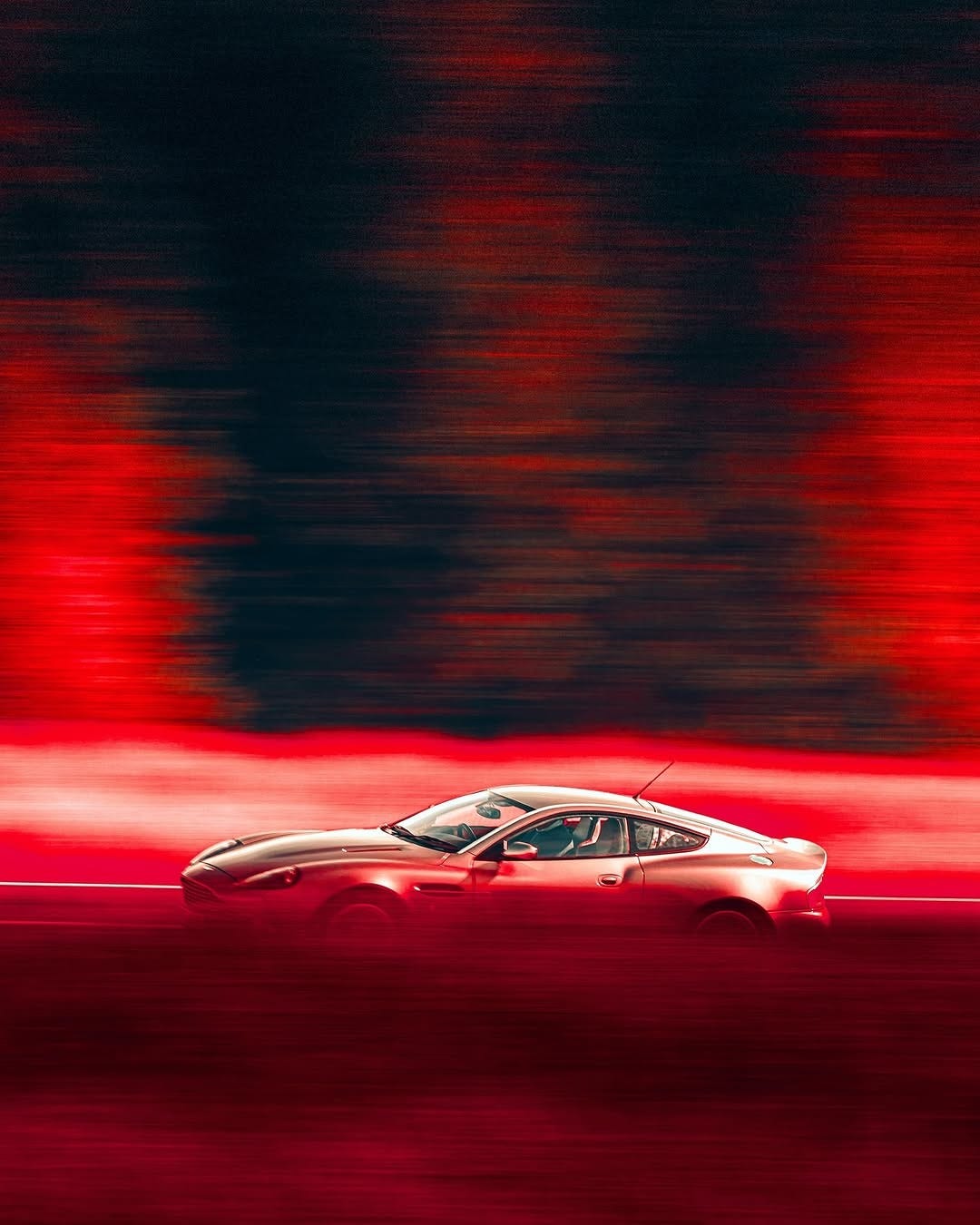
This was such a cool and inspiring read. I have a lot of experience with marketing digital products, but it's cool to see the aesthetics and best practices for something physical